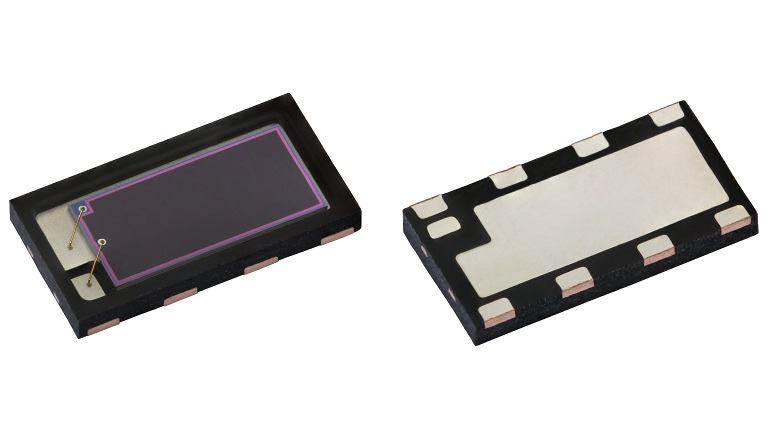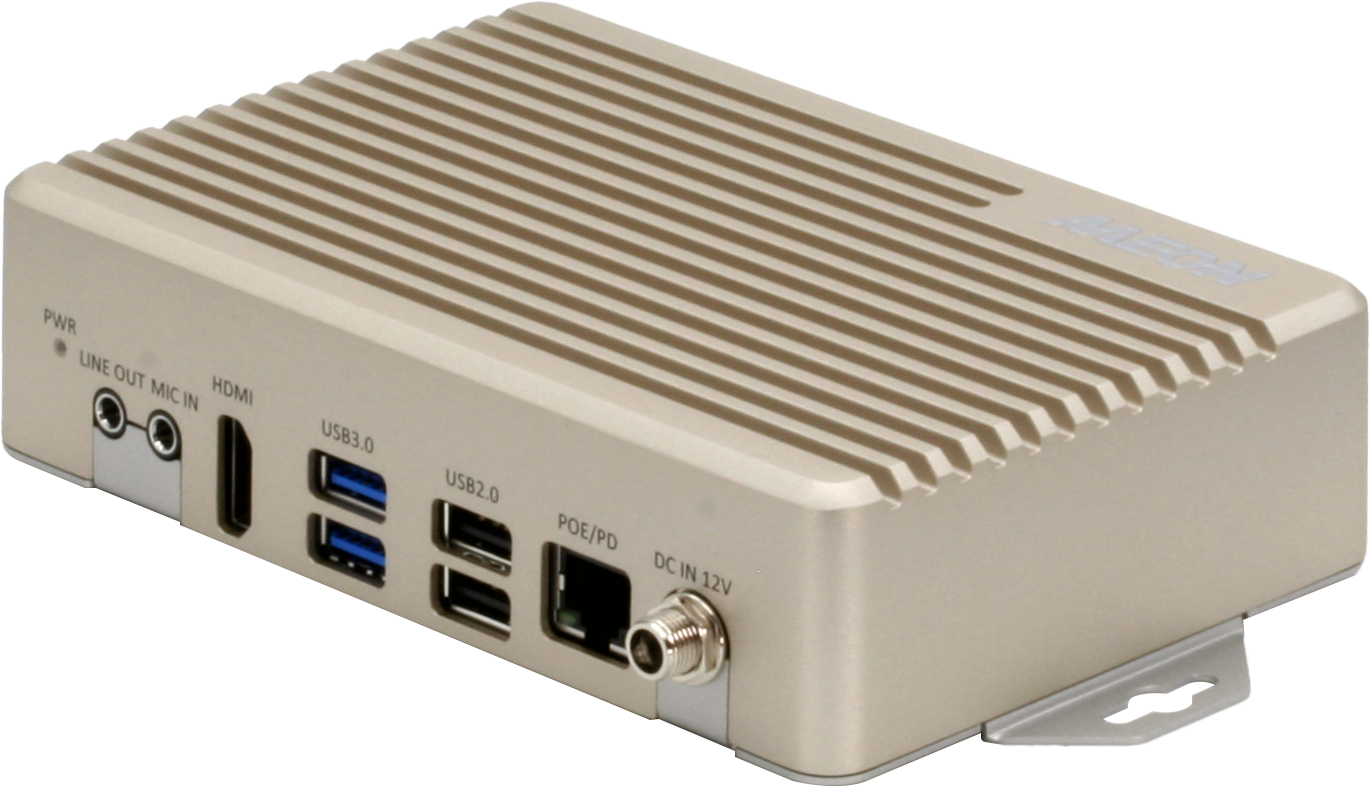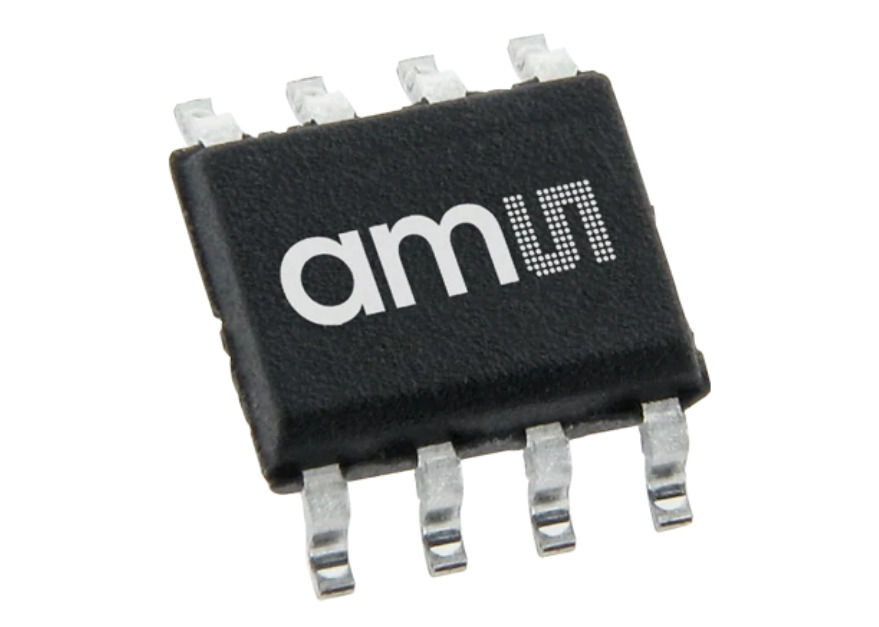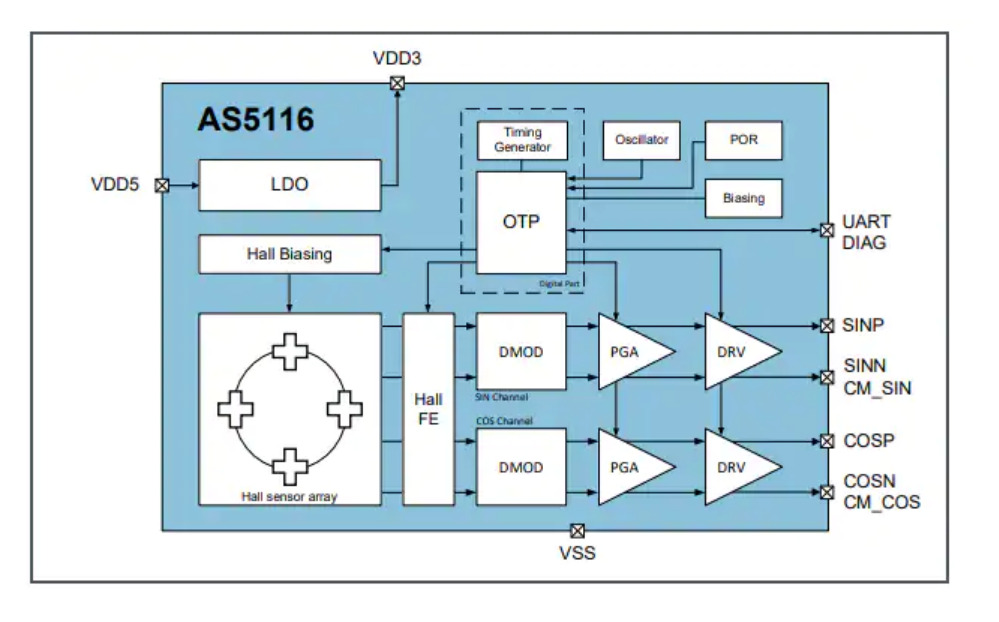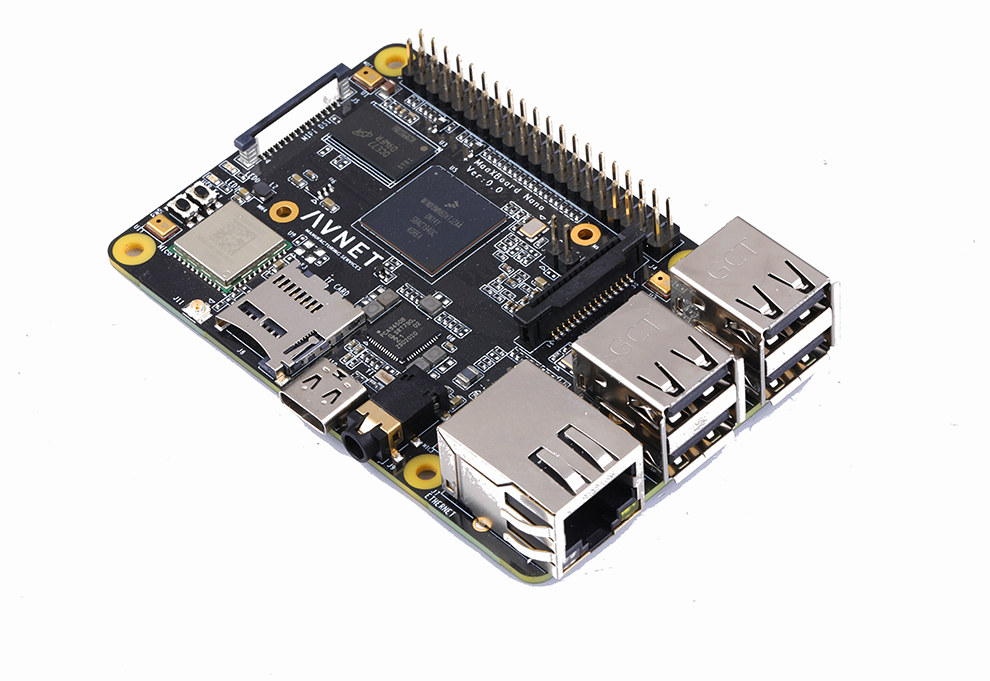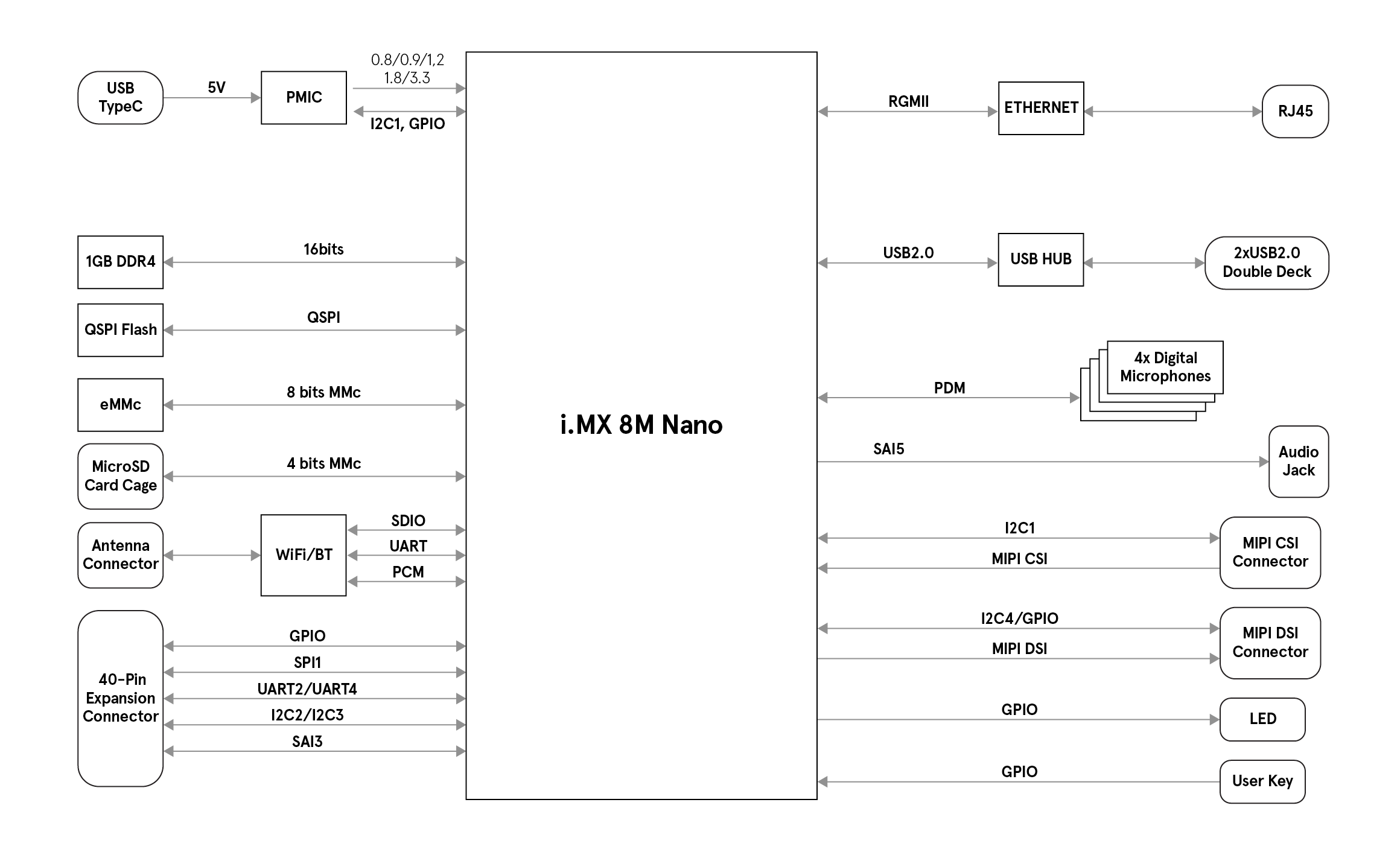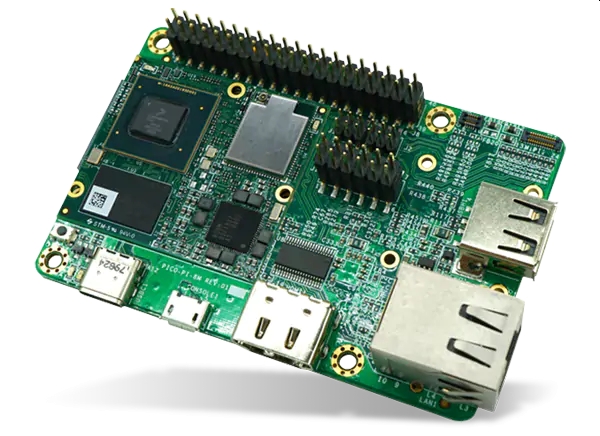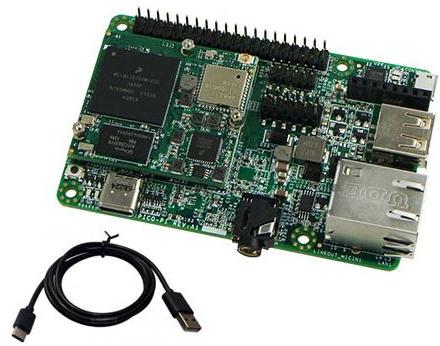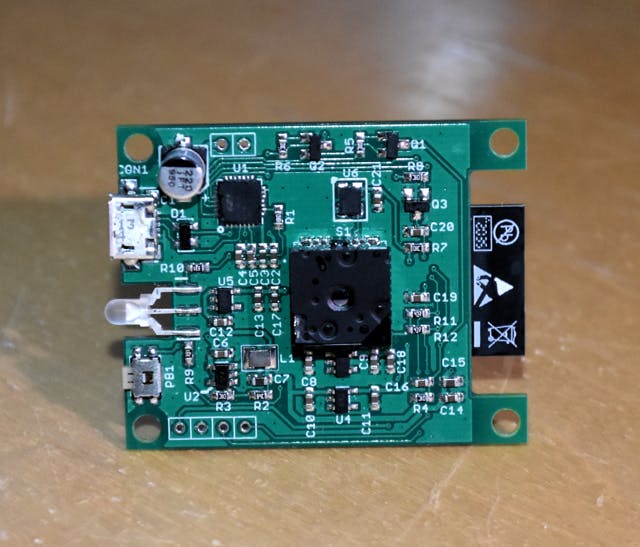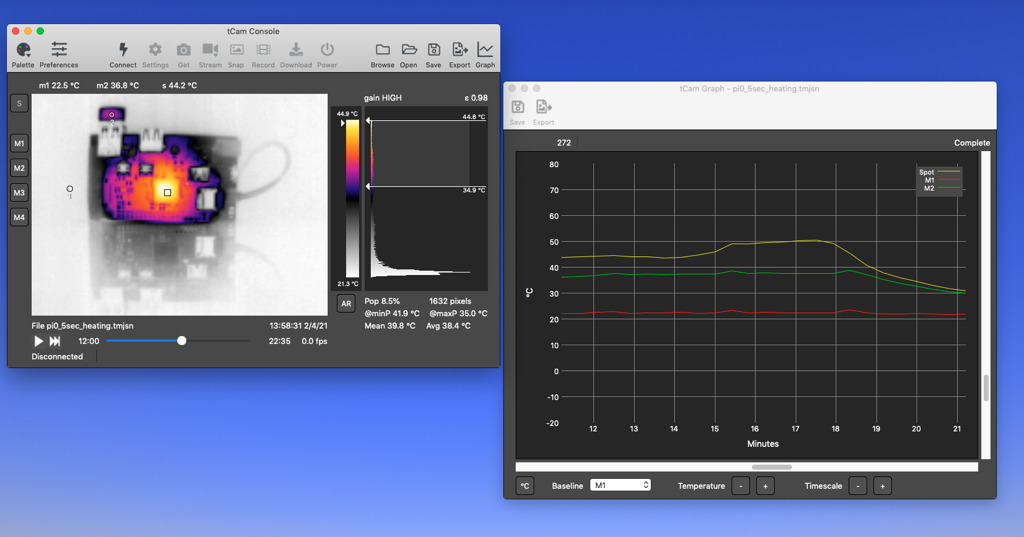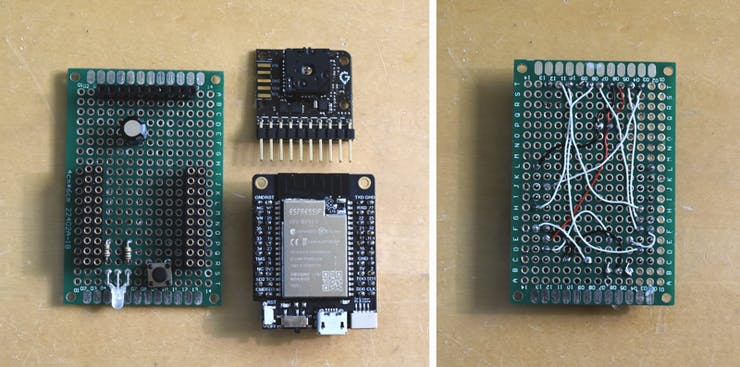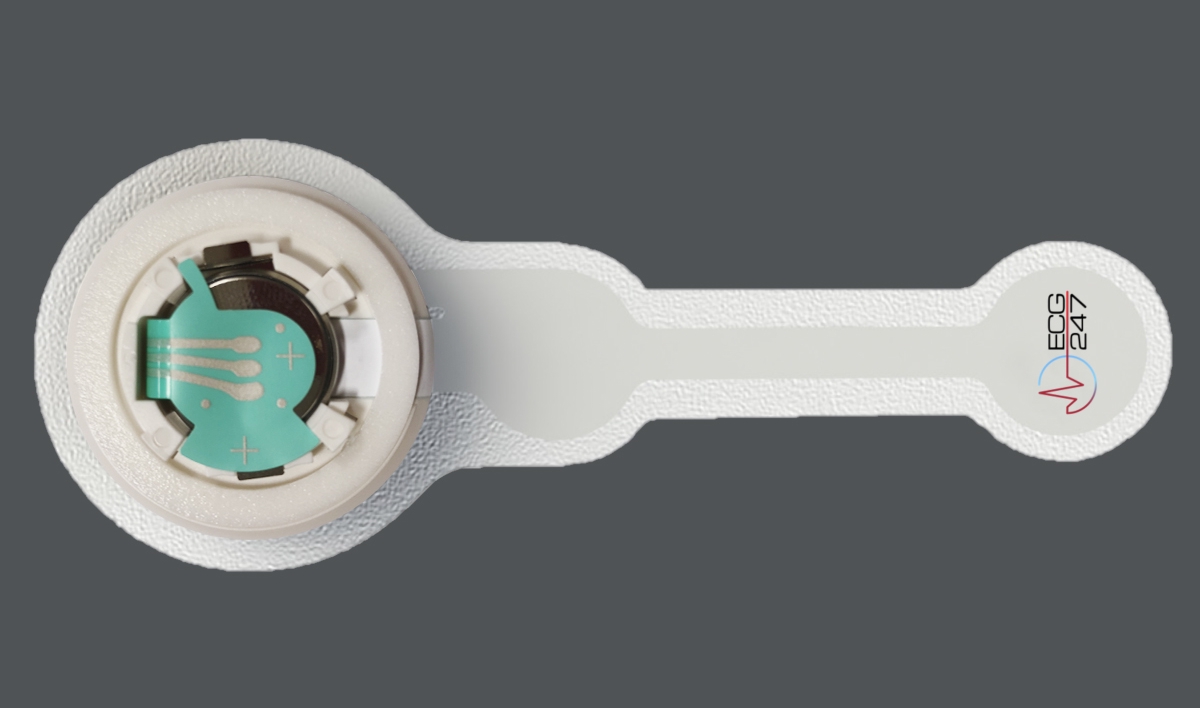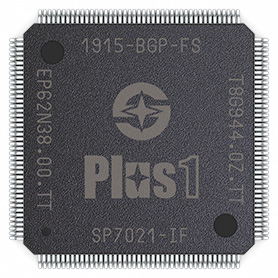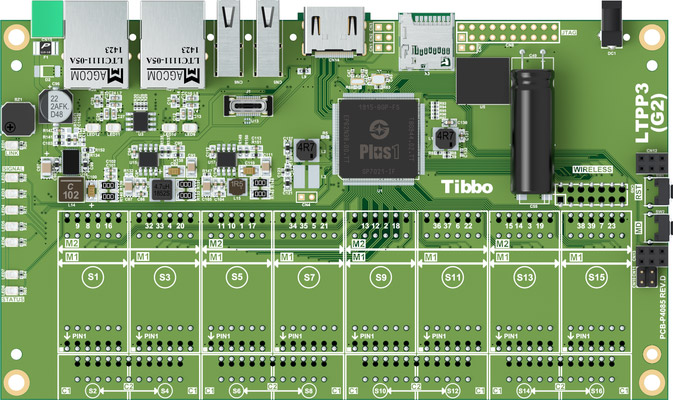Device Offers Increased Photocurrent of 33 µA in 4.8 mm by 2.5 mm SMD Package With Industry-Low 0.48 mm Profile.
Vishay Intertechnology, Inc. today broadens its optoelectronics portfolio with the introduction of a new high-speed silicon PIN photodiode with enhanced sensitivity to visible and infrared light. Featuring a rectangular 4.8 mm by 2.5 mm top-view, surface-mount package with an industry-low 0.48 mm profile, the Vishay Semiconductors VEMD8081 offers an increased typical reverse light current of 33 µA for improved biosensor performance in wearable devices and medical applications.
The VEMD8081 offers 15 % greater reverse light current than its predecessor, the VEMD8080, while maintaining the same package dimensions. For designers, this provides a drop-in replacement that can improve performance by increasing signal output or extend battery life by reducing LED current.
For heart rate measurement in wearable devices such as fitness trackers and smartwatches, the VEMD8081 is placed between two pulsing green LEDs. The light reflected off the skin is received by the photodiode and converted to an output current, with the device’s increased sensitivity enabling more accurate measurements. The VEMD8081’s rectangular shape maximizes the area of the photodiode receiving reflected light, eliminating the wasted area typically found in square photodiodes. When combined with red and infrared emitters, the device is ideal for SpO2 measurement in medical monitors.
With its high sensitivity and a radiant-sensitive area measuring 5.4 mm², the VEMD8081 utilizes Vishay’s proven wafer technology to detect visible and near infrared radiation over a wide spectral range from 350 nm to 1100 nm. For high sampling rates, the device offers fast switching times and low capacitance of 50 pF.
The VEMD8081 features a ± 65° angle of half-sensitivity, operating temperature range of -40 °C to +85 °C, and 840 nm wavelength of peak sensitivity. RoHS-compliant, halogen-free, and Vishay Green, the photodiode provides a moisture sensitivity level (MSL) of 3 in accordance with J-STD-020 for a floor life of 168 hours.
Samples and production quantities of the VEMD8081 are available now, with lead times of 10 weeks.
More on Vishay at www.vishay.com


